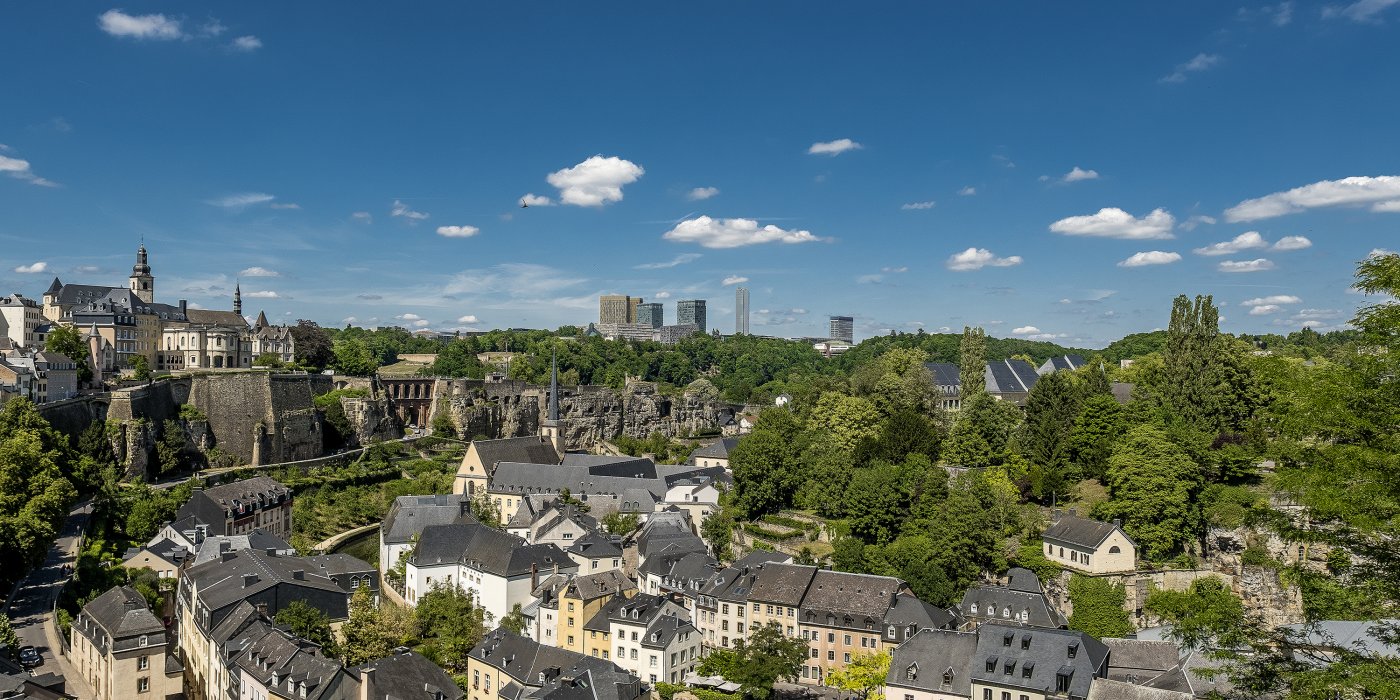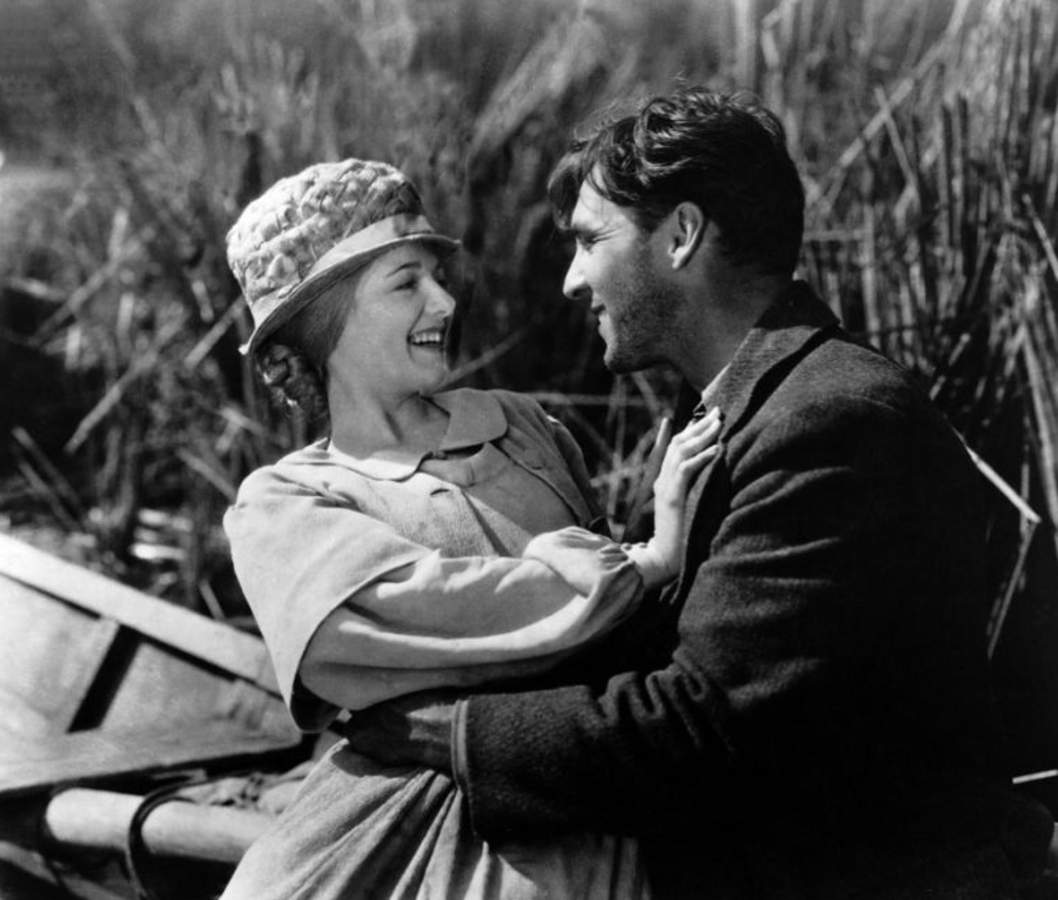Description
Michel Lentz (1833–1893), a national poet, felt an intimate bond with the city of his birth. He is considered the epitome of the middle-class bourgeoisie. He was born in Rue Chimay to a family of bakers and innkeepers and attended the nearby Athénée de Luxembourg. On completing his secondary schooling, he enrolled at the Free University of Brussels to study philology. In 1842, he joined the civil service and embarked on a career in the Government Secretariat and, in 1869, moved to the Cour des Comptes (Court of Auditors). In 1892, at the end of an uneventful career, he retired from the civil service. Towards the end of his life, he suffered from a condition that caused him to progressively lose his sight. He passed away in "neien Lentzenhaus" in Rue Notre Dame. A commemorative plaque in memory of the national poet is displayed on the house where he was born (6, rue Notre Dame). His funeral was attended by the Minister of State, Paul Eyschen, who also penned several works in Luxembourgish. At the request of the Justice of the Peace, François Elter, Eyschen promised that a public monument to the two national poets – Edmond de la Fontaine (Dicks) (1821–1891) and Michel Lentz – would be erected near Place d'Armes.

Download
Lentz was renowned for his poems and songs, most of which were composed in Luxembourgish. Common threads running through several of his works include the use of satire, critical reflection, promotion of freedom of thought, and objection to censorship, all of which probably stem from the very strict upbringing he received from his father. In "Den Typografestand", he presents the invention of printing as a means of liberating humankind from all forms of obscurantism. His patriotic attachment to the monarchy, his attention to nature, as illustrated in the poem "d'Margréitchen"; his love of the craft professions, which is borne out in many of his songs, including the most popular one, "Wéi méng Mamm nach huet gesponnen"; and his lullabies gained him recognition as a national poet. He also sought to articulate the nostalgia felt by Luxembourgish emigrants to the United States, probably after meeting some of them at the event to mark the founding of the "American Club", held at the "Maison Rouge" Hotel, which was just opposite his home. In 1864, the composer Jean-Antoine Zinnen composed the music for Lentz's poem "Ons Hémecht", which would be officially adopted as the country's national anthem in 1993. For a long time, his poem "De Feierwon" – written to mark the inauguration of the railway in 1859, and set to music composed by Lentz himself – was also considered as a candidate for the national anthem, alongside "Ons Hémecht". The last verse of that poem – "Mir wëlle bleiwe wat mir sin" – has become the motto of the Luxemburgish people, even though it can be interpreted in widely differing ways depending on one's social background, and in light of wars that have been fought on Luxembourg soil. In 1873, Michel Lentz published a collection of poems titled "Spâss an Iérscht". "Hierschtblummen" was published in 1887. His writings were regularly published in the Courrier du Grand-Duché de Luxembourg, and in the Luxemburger Land in Wort und Bild, edited by the photographer Charles Bernhoeft. Other poems were published posthumously in the collection titled "Wantergréng".














